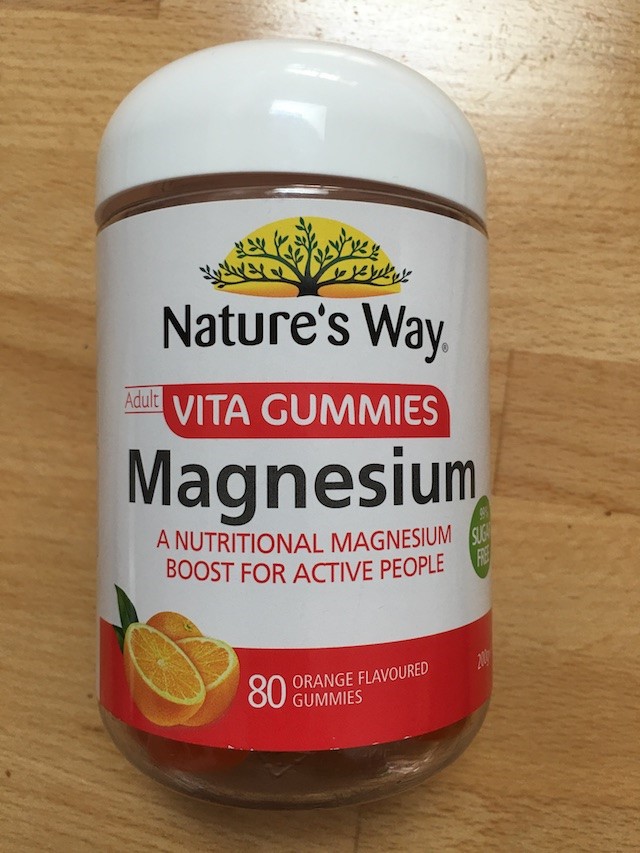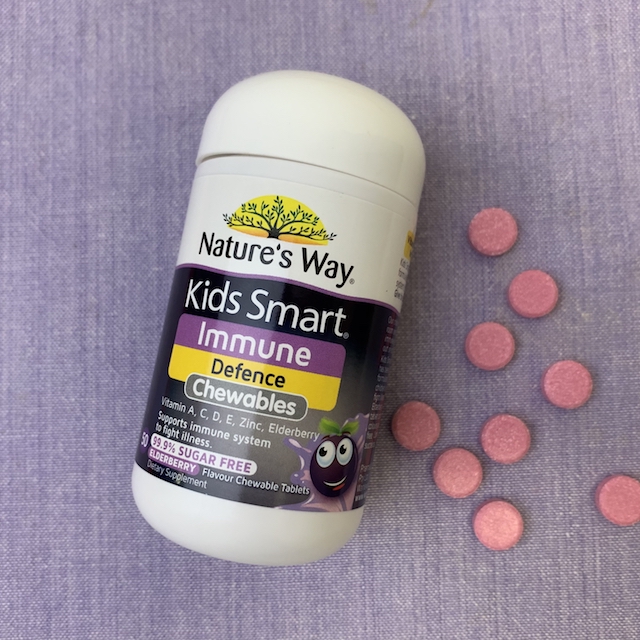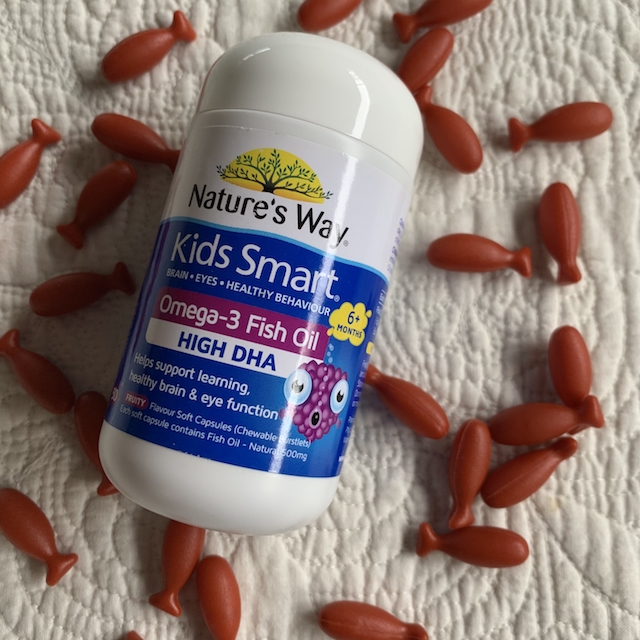- Home
- Blog
- Family and Feeding Kids
- To chew or not to chew? Trendy vitamins!
To chew or not to chew? Trendy vitamins!
Written by Catherine Saxelby
on Wednesday, 17 February 2021.
Tagged: health, healthy eating, nutrition, vitamins

Chewable vitamins such as Vita Gummies are very ‘on-trend’. So, should you opt for chewing rather than swallowing? We take a look at their pros and cons so you can make an informed choice.
What are gummy vitamins?
Some are soft, chewable pastilles which look and taste just like lollies. Some are harder tablets that you need to chew before swallowing. Even though they’re hard, you don’t swallow these whole.
You can buy chewables for kids and for adults. They have a texture and taste similar to lollies (confectionery) which is a negative - see Cons later - and come in a variety of flavours and colours.
 They are commonly made from gelatine, maize starch, water, food acids, sugar substitutes, natural flavours and colours, along with glazing agents such as carnauba wax or beeswax. Popular flavours are orange, lemon, raspberry and cherry.
They are commonly made from gelatine, maize starch, water, food acids, sugar substitutes, natural flavours and colours, along with glazing agents such as carnauba wax or beeswax. Popular flavours are orange, lemon, raspberry and cherry.
Chewables may include several vitamins and minerals or just a few select nutrients, such as vitamin C or calcium. Some contain vegetable powders to appeal to parents of fussy eaters but at very low levels, such as 1 per cent of spinach leaf powder which won’t make much of a difference.
Pros
- These chewable vitamins are now 99 per cent sugar-free. This means your teeth don’t get eroded from the sugar when you chew them, which was once a major concern. However, you also have to look for those that are free of food acids as these too can erode enamel (see Cons later).
- Easy to take for children and anyone with swallowing difficulties.
- Useful if you can’t swallow large tablets.
- Less of a struggle to get your intake.
- A sweet, fruit-flavoured alternative to traditional pills or capsules.
Cons
- Look and taste just like lollies. Would easily be mistaken by young children so keep these out of their reach.
- Contain food acids, such as citric acid, which cause dental erosion and can lead to the loss of tooth enamel.
- Some of them, especially the fishy ones, leave an unpleasant taste in the mouth, unlike tablets or capsules that you swallow whole.
- Many of the vitamins and minerals are present in very small concentrations e.g. in the Women’s Multivitamin chewables, there is only 7.5 mg calcium when the daily requirement is 1,000 mg!
- No sugar but sweetened with sweeteners such as sucralose and maltitol (a sugar alcohol) which can cause diarrhoea if taken in excess.
Our taste tests
Magnesium Vita Gummies
The Magnesium Vita Gummies are sold as “99% sugar-free” with natural colour and flavour. They’re supposed to taste of orange but we couldn’t taste much at all. They were slightly gritty and the ‘gummy’ texture wasn’t pleasant. These are useful if you can’t swallow tablets as many magnesium tablets are very large, though you can buy dissolvable powders. However, such powders aren’t completely successful either as you usually get a white sludge left in the bottom of your glass. This gives you 22 per cent of the recommended day’s intake of magnesium per serving which is defined as two gummies per day.
 Its ingredients are:
Its ingredients are:
Maltitol, magnesium phosphate dibasic (10%), gelatine, maize starch, sodium citrate, citric acid, natural flavour, natural colour, glazing agents (coconut oil, carnauba wax, beeswax).
Immune Defence Chewables
 These come in a bottle of 50 chewable tablets that start off with an elderberry flavour (a bit like chewing gum) and then become acidic in your saliva. Again, they are sugar-free and are sweetened with sucralose and maltitol. They contain vitamins A, C, D and E along with zinc. Instructions clearly say to chew and to not swallow whole.
These come in a bottle of 50 chewable tablets that start off with an elderberry flavour (a bit like chewing gum) and then become acidic in your saliva. Again, they are sugar-free and are sweetened with sucralose and maltitol. They contain vitamins A, C, D and E along with zinc. Instructions clearly say to chew and to not swallow whole.
Fish oil Chewables
 With 500 mg fish oil per fish capsule, the entire capsule is shaped like a fish and is chewable and suitable to be eaten. Inside is a liquid oil which leaves a fish-oil taste in your mouth. Yes, it was cute but did it deliver? I think there are better ways to ensure you’re getting the right amount into your children.
With 500 mg fish oil per fish capsule, the entire capsule is shaped like a fish and is chewable and suitable to be eaten. Inside is a liquid oil which leaves a fish-oil taste in your mouth. Yes, it was cute but did it deliver? I think there are better ways to ensure you’re getting the right amount into your children.
Vitamin C Chewables
You get 65 orange-flavoured pastilles each giving you 100 mg ascorbic acid (vitamin C). As before, they are sugar-free and sweetened with sucralose and maltitol.
The bottom line
For the majority of people who eat a well-balanced diet, chewable vitamins are unnecessary. However, taking these vitamins may be beneficial for certain groups, including those who have trouble swallowing pills. Beware of taking too many of them because of their fruity flavour and lolly-like taste.
Foodwatch
The Good Stuff
The Boring Stuff
© 2025 Foodwatch Australia. All rights reserved
Website by Joomstore eCommerce





